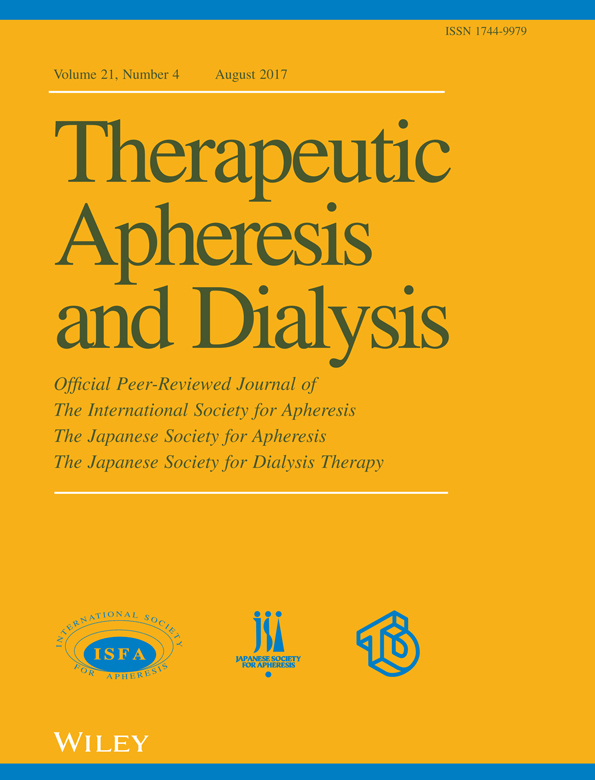Earthquake Preparedness Among Japanese Hemodialysis Patients in Prefectures Heavily Damaged by the 2011 Great East Japan Earthquake
Abstract
The purpose of this study was to explore the factors related to earthquake preparedness in Japanese hemodialysis patients. We focused on three aspects of the related factors: health condition factors, social factors, and the experience of disasters. A mail survey of all the members of the Japan Association of Kidney Disease Patients in three Japanese prefectures (N = 4085) was conducted in March, 2013. We obtained 1841 valid responses for analysis. The health factors covered were: activities of daily living (ADL), mental distress, primary renal diseases, and the duration of dialysis. The social factors were: socioeconomic status, family structure, informational social support, and the provision of information regarding earthquake preparedness from dialysis facilities. The results show that the average percentage of participants that had met each criterion of earthquake preparedness in 2013 was 53%. Hemodialysis patients without disabled ADL, without mental distress, and requiring longer periods of dialysis, were likely to meet more of the earthquake preparedness criteria. Hemodialysis patients who had received informational social support from family or friends, had lived with spouse and children in comparison to living alone, and had obtained information regarding earthquake preparedness from dialysis facilities, were also likely to meet more of the earthquake preparedness criteria.




